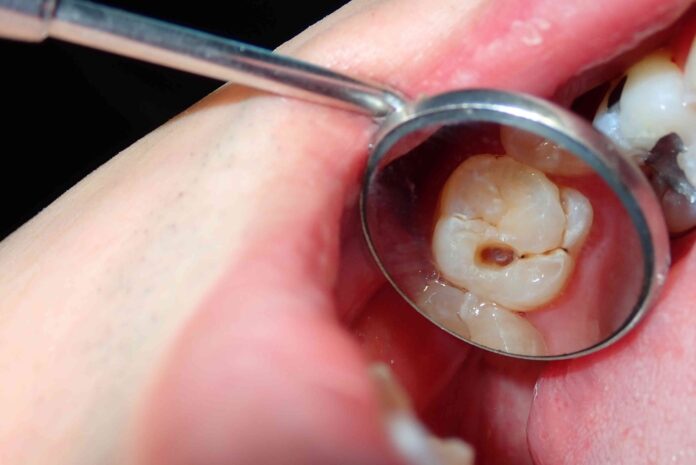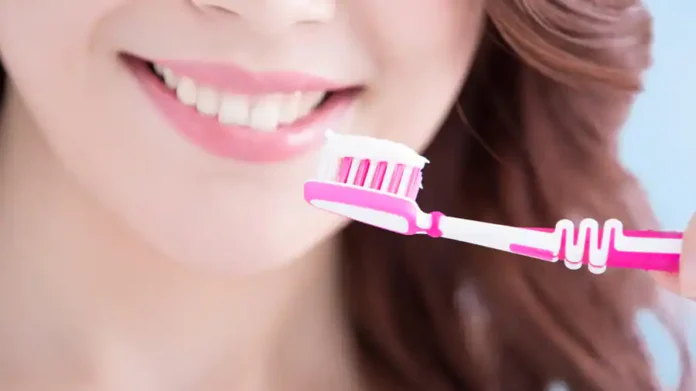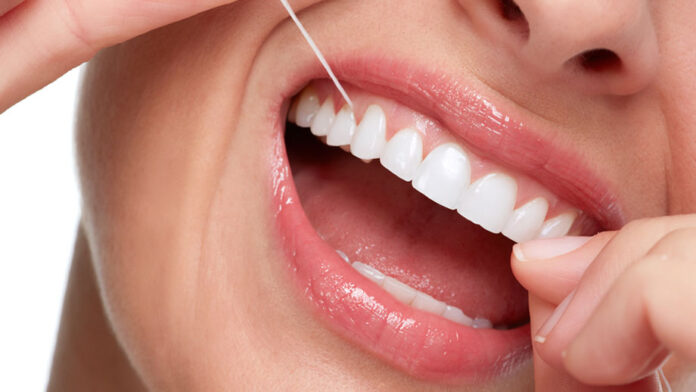One’s smile is one’s most powerful asset. Even though many people agree with this statement, not all of them are familiar with the ins and outs of oral hygiene. What’s more, poor oral hygiene can cause conditions that affect one’s overall health.
One of the most common issues people face is tooth decay. However, recognizing this issue can be difficult if you don’t know what the telltale signs are. In this article, we will introduce you to the most common symptoms and give you some tips on treating and preventing them.
Bad breath

Sure, many things can cause bad breath, and in most cases, you can eliminate it by brushing your teeth and flossing. Nevertheless, if it becomes a persistent problem, you should make an appointment to see your dentist. When this occurs, bacteria buildup and food stuck between the teeth can be the main culprit, and this is usually the early stage of tooth decay.
General sensitivity
Another telltale sign of tooth decay is sensitivity to food and drinks, regardless of whether they are hot or cold. Usually, it is a sharp pain you feel only for a few seconds. The first thing tooth decay affects is the dental enamel, which is the tooth’s protective layer. Once it starts wearing off, it exposes the nerves, which is why the pain occurs.
Spots on teeth

Even if you don’t experience any pain, a visual inspection can tell you if everything is okay. Do you notice any white flecks? Most people believe these to be simple staining, but if you cannot remove them, the issue may be more serious. These attack the enamel, and if you don’t react fast, they can quickly spread and become brown or black. Obviously, these are signs of a cavity, and if you don’t visit your dentist and have them removed, the pain will soon follow.
Cavity

As already mentioned, once those spots develop, you may notice small holes in the surface of the tooth. These are caused by bacteria eating out the enamel, and in most cases, these will require a filling. You may notice these holes when you look in the mirror, or if the damage is more severe, you may even feel them by tracing your tongue over them. What’s more, depending on the area where the cavity develops, you may not even notice it, but the pain and sensitivity are clear signs that it is there.
Sensitive gums
Since the cavity can develop near the gum line, bleeding gums can be another symptom. It will be pretty easy to notice the issue because it is most likely to occur when brushing and flossing. This can also happen if you do not treat the cavity in time, so it develops deep in the tooth. If you have experienced this, you know how uncomfortable and painful it can be. Plus, swollen and bleeding gums can also be a sign of gingivitis, which is why you need to see a professional as soon as possible.
How to treat tooth decay?

As you can see, there are numerous types of tooth decay, and some of them can lead to significant damage. Even though you can slow down its process in several different ways, it is always recommended to let a professional treat it. They are experts at what they do, and you can click here to learn more about the services they offer.
Even if you don’t experience any of the above-discussed symptoms, you should have regular dental visits to prevent them from happening or treat them in the early stages so that they don’t cause pain and discomfort.
How to prevent it?
Brush your teeth properly
The most common cause of this condition is poor oral hygiene. The first thing you should do to improve is brush the teeth with fluoride-based toothpaste. Fluoride is a mineral that strengthens the enamel, thus preventing any issues, so you should only use products that contain it. You should do it at least twice a day (in the morning and before going to bed), but ideally, you would do it after every meal.
In addition, choose your toothbrush carefully. Generally speaking, it is always recommended to use one with soft bristles since it is gentler for the gums and teeth. Nowadays, you can choose between multiple options, and you may even ask your dentist for a recommendation based on your needs.
Don’t forget to floss

Many people are not in the habit of flossing, and sometimes it doesn’t matter how often you brush your teeth. The thing is that food is likely to get stuck, and you cannot always remove it with a brush, especially when it comes to tiny pieces. As you can see, over time, the bacteria will develop and start attacking the enamel, which will eventually lead to a cavity. The only way to prevent this from happening is to adopt the habit of flossing daily.
Use mouthwash
This is another product you can use to take your oral hygiene to the next level. It doesn’t only remove all the harmful bacteria from your mouth (yes, there may still be some even after brushing and flossing), but it also ensures your breath is always fresh.
Change your diet
We know this isn’t something you want to hear, but if you are prone to tooth decay, you should eliminate sugary drinks and sweet foods from your diet, or at least keep them at a minimum. In addition, when you start eating healthy foods, you will improve your overall health as well, so there isn’t a reason why you should make some changes.
Have regular check-ups
Finally, you should have regular check-ups at least twice a year. Keep in mind that you cannot always notice tooth decay until it gets too late. Due to this reason, you should visit the dentist’s office every six months, even if you don’t experience any discomfort. They will be able to notice any changes, treat them immediately, and maybe even give you some tips on brushing and flossing. If you need help straightening your teeth with braces, it is best to consult first this great orthodontist in Northern Virginia if you are just nearby.









